After negotiations, which took place in a span of four years, and days of global attention on the Paris climate talks, 195 countries have pledged to reduce emissions of green house gases, and encourage clean energy, under a historic climate change deal .
The deal has been welcomed by all parties involved, since it has urged developed nations to contribute most towards reducing emissions, and provides for help to developing nations for adopting technology for clean energy.
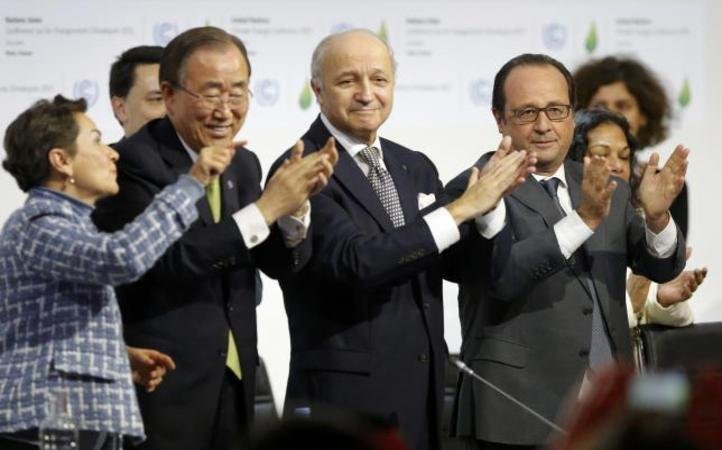
As the first ever agreement compelling nations to cut carbon emissions is partly legally binding and partly voluntary, here’s a look at what the Paris Agreement has in store.
1. The main objective of the deal is to restrict global temperature at 2 degrees Celsius above pre-industrial revolution levels, but there will be extra efforts to keep it till 1.5 degrees .
2. The temperatures have already risen by around 0.85 degrees from 1880 and with current emissions a rise to 1 degrees is inevitable, but if it exceeds 2 degrees, the effects of climate change will be worse than what is presently being experienced.
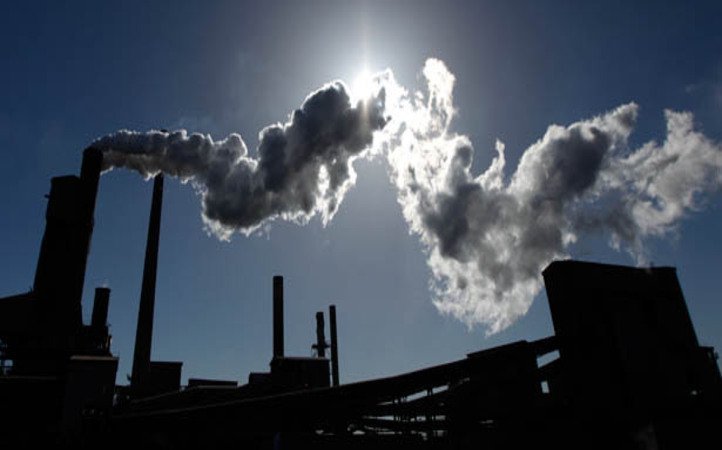
3. In order to achieve this, nations have pledged to peak greenhouse gases as soon as possible, so as to create a balance between sources and sinks, by the second half of this century.
4. Developed countries will share higher responsibility for reducing emissions, while $100 billion a year will be made available for developing countries to develop green energy.
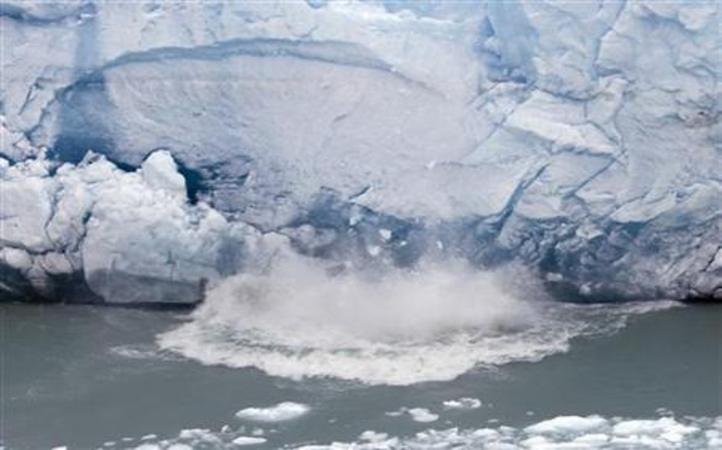
5. The progress will be reviewed next in 2023, and after that it will be assessed after every five years .
6. While developed nations will have to go for absolute reduction in emissions, developing nations will have the responsibility to enhance technology for the same, encouraging more cooperation.
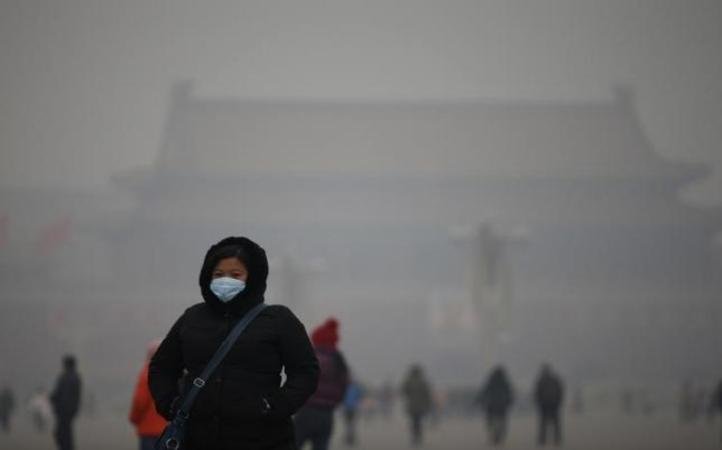
7. Teams of technical experts will regularly review the climate action plans of developed and developing nations alike, while plans of developing nations will be analysed and they will be provided consultation, ensuring equal accountability.
8. There is a section which recognises loss and damage from national disasters to countries hit by climate change, but it has no provision for liability and compensation.
ADVERTISEMENT
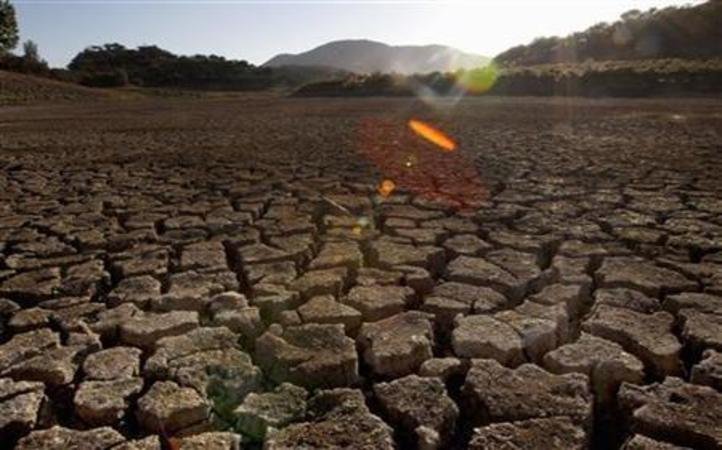
9. There will be a ‘name and shame’ like announcement following the reviews, and enhancement of voluntary commitments will be encouraged.
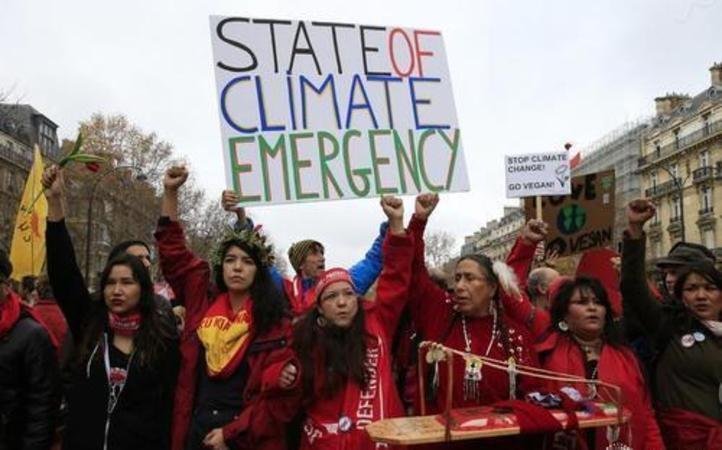
Although the agreement has come largely as a welcome step resulting from active international cooperation between parties which see climate change as a serious threat, there are few who are still skeptical about the fulfillment of promises made.
Top picks for you

















